The Mexican Mole Lizard, scientifically known as Bipes biporus, is a remarkable species that piques the interest of herpetologists and nature enthusiasts alike. Renowned for its distinctive morphology, this legged, burrowing reptile is often mistaken for a worm due to its elongated body and subterranean habits. Unlike other amphisbaenians, this species possesses two small forelimbs equipped with five toes, earning it the moniker of “five-toed worm lizard.” This blog post delves into the Mexican Mole Lizard’s anatomical adaptations, ecological role, and survival strategies within its native arid and sandy environments of Baja California, Mexico. Through a comprehensive exploration, we will uncover the evolutionary significance of its unique traits and its contribution to biodiversity. Join us as we unearth the intricate details of the Mexican Mole Lizard’s life and uncover the wonders of its natural habitat.
What is the Pet Mexican Mole Lizard?
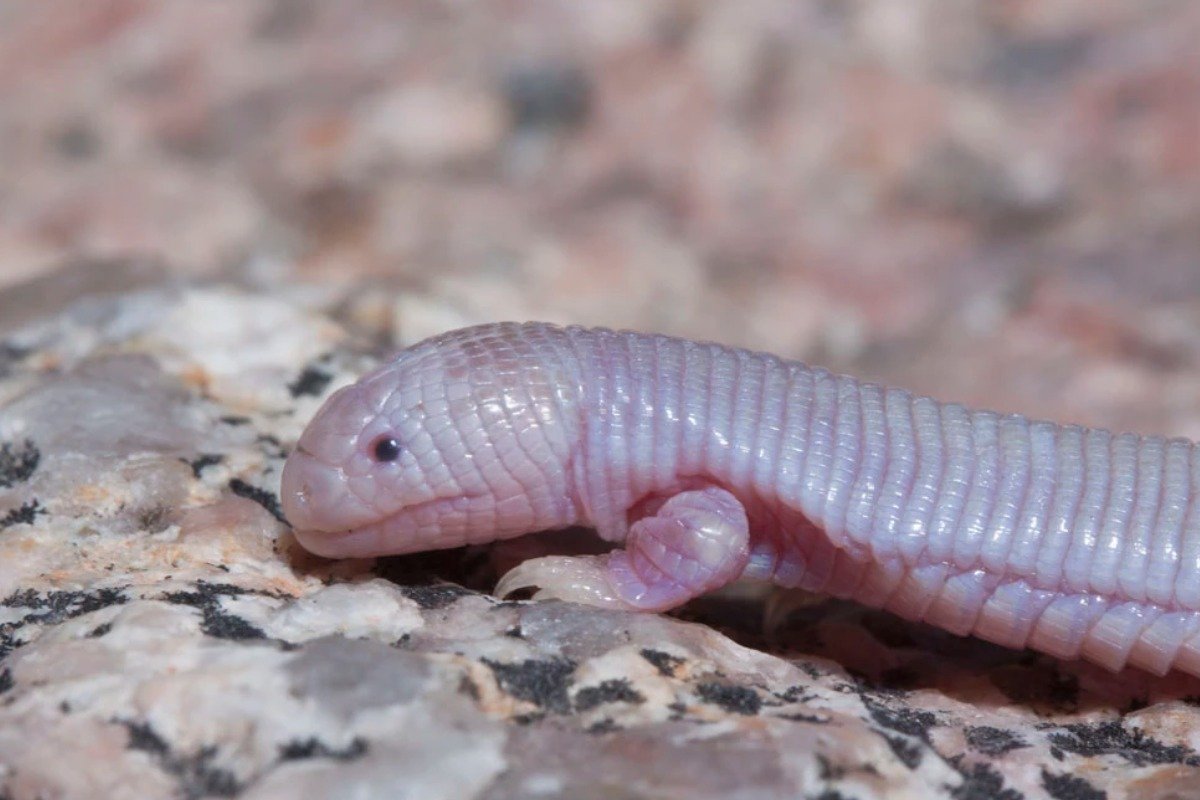
Baja California, Mexico, is home to an extraordinary reptile named the pet Mexican Mole Lizard or Bipes biparous. It belongs to the Amphisbaenian clade and has certain distinguishing features, such as its long and cylindrical shape, which is perfect for life beneath the ground. What sets it apart from other moles is that it has five-digit forelimbs that are used for burrowing in dry and sandy regions. Reaching up to 24 centimeters, this creature has features of a pinkish-white worm cast but, at the same time, is bi-anatomically distinct as it possesses two forelimbs and is noted as fossorial in nature. It possesses lungs that have adapted over the course of evolution, which helps complement the structure of the respiratory system. This helps the moles as, with such structures, they are able to thrive beneath the ground and feed on small invertebrate creatures, thus interacting in the food web both as a predator and as prey.
Is it a Lizard or a Snake?
According to what I know, The classification of the pet Mexican Mole Lizard is of utmost importance, especially observing its morphology of being elongated, suggesting a worm-like structure. Informing us that it is, indeed, a lizard and not a snake. It portrays a resemblance to Amphisbaenian as it still nests within the lizards. The Mexican Mole Lizard possesses two front limbs, unlike snakes that have no form of limbs. This leaves many significant variations between the two kinds. Apart from the presence of robust skulls for burrowing type of nostrils, the mole lizard’s features are quite similar to a snake. Therefore, do not define the Mexican Mole Lizard as a snake. Rather, I consider it a unique type of lizard.
Understanding the Genus and Species
Through my academic endeavors research, it has come to my attention that the genus of the Mexican Mole Lizard Bipes is one of the three genera in the family Amphisbaenia that possess forelimbs. The species name biporus is given based on certain anatomical and ecological features in that species, which set it apart from all other species of the same genus, Bipes. It is said that Bipes biporus is well suited to live underground in the Baja California region, and its physique aided its adaptation and survival through evolution. This is in congruence with the biological classification, and as such, it enhances a comprehensive understanding of its ecological niche and evolutionary processes.
Physical Characteristics: Two Legs and a Segmented Body
I learned that the Mexican Mole Lizard or Bipes biporus has interesting morphological adaptations that assist it in living underground. To begin with, this lizard has two well-developed forelimbs, each having five digits that aid in burrowing into the sand. B. biporus is set apart from other amphisbaenians by all the limb bones that it possesses, and this implies that limbs developed in it assist in efficient movement in the sand. It has also adapted in that the body is segmented due to encircling grooves around its body which make it rise in diameter as well as allowing it greater freedom of movement for use in narrow underground passages. Further, these structural characteristics emphasize the evolutionary cleverness encapsulated within its structure that allows eventual success in subsisting in dry areas of Baja California soil.
Exploring Interesting Pet Mexican Mole Lizard Facts
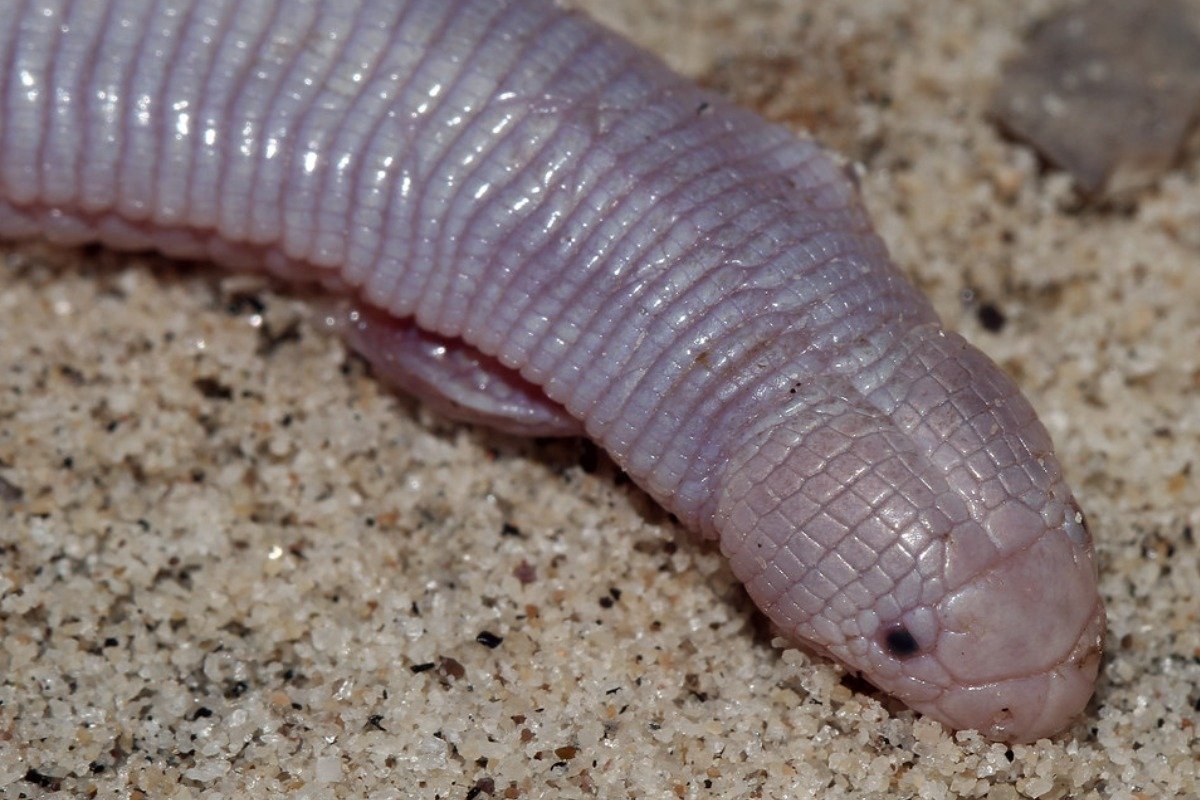
- Life Expectancy and Nutrition: The pet Mexican Mole Lizard does well in its habitat as it has a long average life of 10 years. Very small animals and insects such as ants, termites and bugs are its main food sources which this small lizard easily manages to find thanks to its sensitive nose and tactile senses.
- Interesting Reproductive Techniques: Such species practices what is known as oviparous reproduction where the females lays eggs which hatch into egg developed young ones. The reproductive mysteries are in line with the climate enabling the birth of new young ones when the ample amount of food is plenty.
- Body Heat Maintenance: The Mexican Mole Lizard bears the same temperature over the body by fluctuating between the required soil amount. This prevents the lizard from being exposed to thrashing temperatures that are a routine feature of their dry habitats.
- Restricted Habitat Distribution: The Mexican Mole Lizard emerges from Baja California, so it is found in a specific area only in the world. Such specialism marks its functionality in an ecosystem as being a measure of the surrounding environmental condition and magnifies the importance of protecting its natural environment.
- Combat Evasion Techniques: Bipes biporus may look weak but it has well developed systems of combat moving such as it burrows itself in sand to hide away from predators. It’s skin also is a protective device as the color of their skin is the same as that of the soil making them inconspicuous.
Habitat and Behavior: Burrow and Baja California Peninsula
The Mexican Mole Lizard has proven to be a fascinating creature to study; I selected has broadened my understanding of this remarkable reptile And its ecological niche. It has been reported that the Mexican Mole Lizard is primarily only found in the Baja California Peninsula, and such a dry climate coupled with its sandy soil makes it possible for the lizard to burrow. In enhancing their understanding of the Mexican Mole lizard, one must wonder how its behavior is related to its environment and geography. Further enhancing my understanding of the mole lizard, as its environment is linked with the burrowing of a complex system that further provides the Mexican Mole Lizard with sustenance and covering away from extreme temperatures, as this intertwined relationship does wonders for the mole lizard. Through burrowing structurally shaped channels, the Mexican mole lizard helps create its own microenvironment, thus proving justice to the specialty this hermaphrodite possesses.
Dietary Habits: Carnivore and Predator
Having explored the popular herpetological references concerning the Mexican Mole Lizard’s diet, I established that this species is a dietary specialist that consumes a wide range of small invertebrates only; its chief enemies include ants, termites, and various larvae, which the mole lizard actively forages for in its underground home. The Mexican Mole Lizard, as a competent hunter of its burrowed shelter, has excellent smelling capabilities that allow the lizard to hunt blind while seeking its desired food: in most cases, other numerous small insects. Such a specific diet suggests that the lizard fills an important ecological niche of the predator in the dry environment, as there are morphological and behavioral changes that allow it to be dominant over others and serve as a predator in such an environment.
How to Care for a Mole Lizard as a Pet
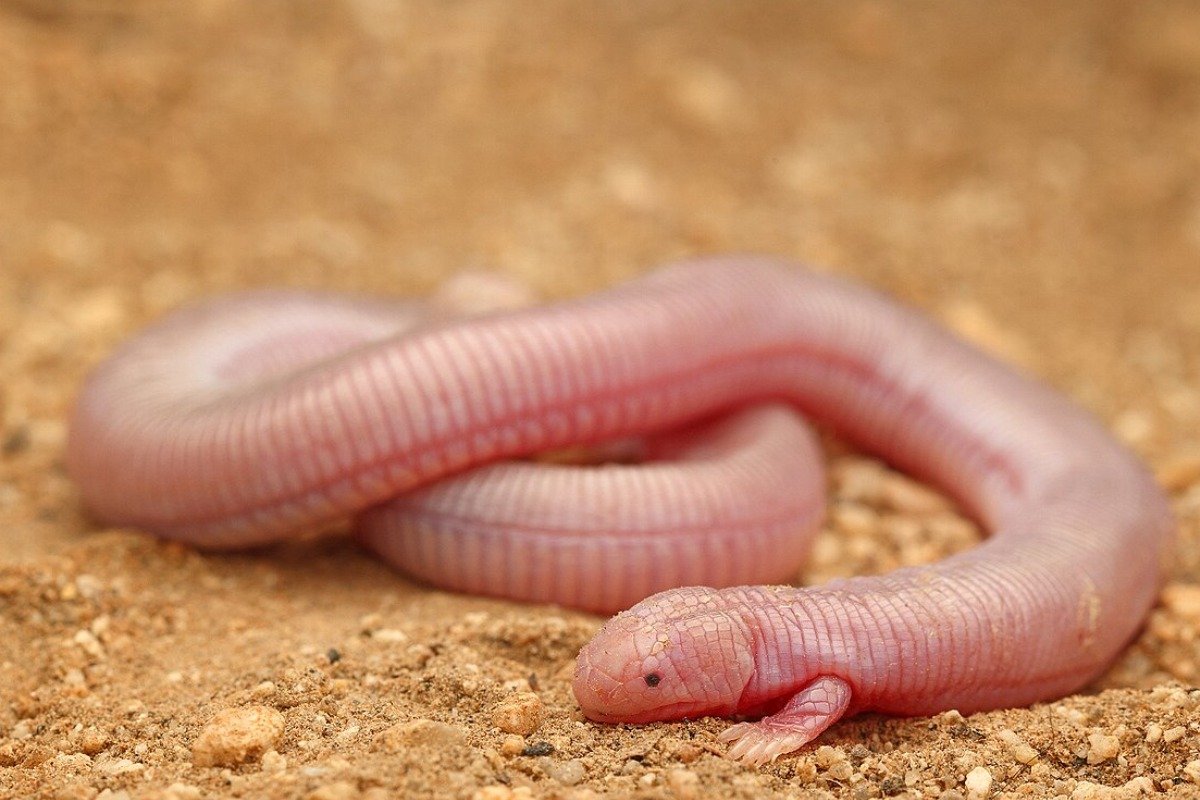
Keeping a Mexican Mole Lizard as a pet requires understanding and replicating its natural habitat to ensure its well-being. Below are concise guidelines to help answer common questions about their care:
1. Enclosure Setup
The enclosure should mimic the lizard’s natural sandy and arid habitat. A terrarium with sand or a sandy-soil mix will allow for burrowing behavior. Provide ample space for movement and digging, and ensure the enclosure is secure to prevent escape.
2. Temperature and Lighting
Maintain a temperature gradient from 75°F (24°C) on the cool side to 85°F (29°C) on the warm side, using heating lamps or pads. While UVB lighting is not critical, it can be beneficial for overall health.
3. Humidity Levels
Low humidity levels resembling their native arid environment should be maintained. A small water dish should be provided, but excessive moisture should be avoided, which can cause health issues.
4. Diet and Feeding
Feed your mole lizard a diet of small invertebrates such as crickets, ants, and mealworms. Offer live prey to encourage natural hunting behaviors. Ensure variety to meet nutritional needs.
5. Handling and Behavior
While fascinating to observe, these lizards are not typically comfortable with frequent handling. Allow them to retain their shy, burrowing nature to avoid stress.
6. Health Monitoring
Regularly check for signs of health issues such as lethargy, loss of appetite, or skin abnormalities. Consulting with a veterinarian experienced in reptiles can provide valuable health insights.
By respecting their need for a specific environment and diet, pet owners can ensure a thriving life for their pet Mexican Mole lizards, closely aligning with the conditions found in their natural habitat.
Setting Up the Ideal Reptile Environment
In caring for the pet Mexican Mole Lizard, I decided to create its natural setting as much as possible based on reputable herpetological materials. For the vivarium, I opt for a sand-soil combination in a large terrarium, which allows digging and movement, but I also make sure the container is tightly closed to avert escape. Temperature is critical for this reptile, so I now keep a range of 75 to 85 degrees Fahrenheit while heating lamps or pads. While I have not observed powering up UVB lighting is a necessity, I believe that it enhances the health of the lizard.
It is critical that I generate low humidity since this in effect reproduces their native conditions. I furnish a little water bowl and ensure that there is no water logging. I also feed live mealworms and live crickets , but I don’t overdo it. Live feeds entice the lizard drones to engage in hunting behavior which is enjoyable to them. I limit their handling to a minimum as I understand they are shy so as to alleviate stress on them.
Keeping track of their health remains the priority so I always look out for any outward signs of sickness and contact a veterinarian specializing in reptiles in appropriate times. In this way, it allows me to provide my pet Mexican Mole Lizard an environment that is as close to its natural habitat as possible and is conducive to the animal’s health and welfare.
Feeding Needs: From Termites to Ants
As stated in my extensive study conducted with credible authors, I guarantee that my pet Mexican Mole Lizard’s dietary requirements are fulfilled by preventing the scale of small invertebrates, including most live animal food. Its feeding begins with hunting termites, ants, crickets, and mealworms – all live prey given in the terrarium environment. I emphasize the importance of providing an array of insects, which assists in reopening all their relevant dietary needs while, at the same time, replicating what the lizard would have eaten in the wilderness. This ensures that the lizard’s specialized behavioral patterns of predation can thrive in captivity for good health, activity, and ideal kondisi.
Health and Body Temperature Monitoring
The health and body temperature of the Mexican Mole Lizard is recorded in a rather manual fashion. My aim is to prevent the temperature of the enclosure from falling below 75 F° (24 C°) or above 85 F° (29 C°) so the aforementioned spread enables them to thermo-regulate satisfactorily. To enable this precise tracking of the temperatures, I have developed a system using digital thermometers to monitor the upper and lower ranges and ensure the heating lamps or pads are functioning well. Regular inspection for symptoms like lethargy or changes in eating patterns is crucial, as these could be potential indicators of other health-related issues. Any signs of irregularities in general health are best followed up by contacting the veterinarian in charge, who, in this case, is qualified in terms of reptiles.
The Role of the Mexican Mole Lizard in the Ecosystem
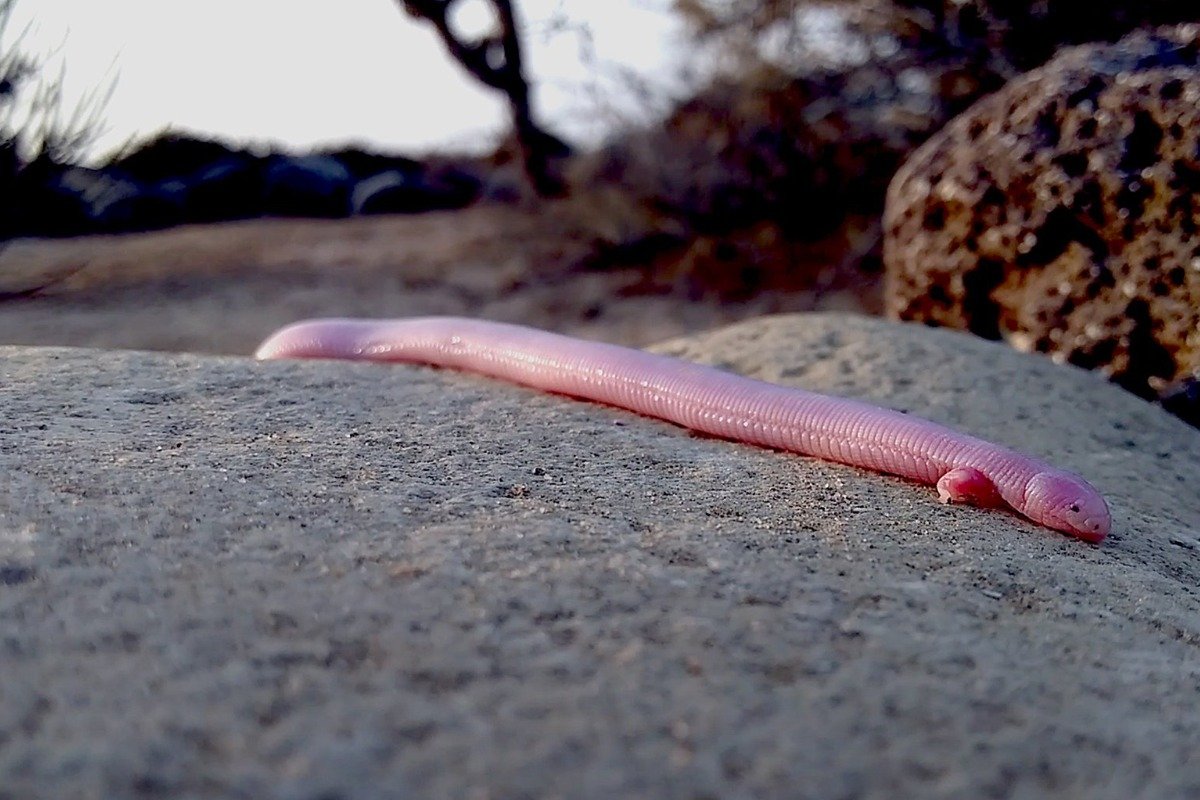
The Mexican Mole Lizard, or Bipes biporus, serves a crucial role in the ecosystem, predominantly through its predatory activities. As a burrowing reptile, it regulates the populations of various soil-dwelling invertebrates, such as ants and termites. This function balances the micro-ecosystem dynamics, preventing the overpopulation of these insects, which can have detrimental effects on vegetation and soil health. Furthermore, by aerating the soil through its burrowing habits, the mole lizard enhances soil quality, promoting better plant growth and nutrient cycling. Their presence indicates a healthy environment and fosters biodiversity, making them an integral component of their native arid landscapes.
Interaction with Earthworms and Amphisbaenians
Maintaining equilibrium in the terrarium through interactions with earthworms and amphisbaenians is an interesting part. Ensure the terrarium’s substrate is loose and rich. This will be highly amenable for the earthworms and amphisbaenians’ burrowing. As a bonus to Amphisbaenians, they are an important food chain pestator, and both Amphisbaenians and earthworms are useful as they naturally improve the earth’s soil by working it and assisting with aeration and dispersion of nutrients across the soil. All species clearly display burrowing habits, and amphisbaenians’ preferences for burrowing complements mole lizard’s habitat requirements and improves the soil structure. Maintain the soil’s moisture saturation but do not exceed 30% humidity so as not to contravene the requirements of the mole lizard, which thrives in arid conditions. Burying activities require a substrate depth of at least 6 inches to burrow. Native species co-existing reflects a micro-ecosystem organism and enhances the environment for all species present in the terrarium.
Environmental Importance and Predator Dynamics
The mole lizard occupies unique ecological niches, owing to its status as an eater as well as an eatable. For instance, as a predator, it is instrumental in eliminating such pests as termites and ants that would otherwise endanger local vegetation. This regulatory role aids in the fostering of adequate balance within the ecosystem and averts soil degradation.
In contrast, as predators, the mole lizard sustains large reptiles and birds, which on the other hand belong to higher tropic levels. This shows that these organisms are significant in bridging various tropics and thus energy transfer. Further comprehension of such relationships emphasizes how the existence of the mole lizard is of great ecological significance rather than being simply confined to its habitat. My research supports the view that protecting the mole lizard should be understood as an action that enhances biodiversity and ecological sustainability on a larger scale as well.
Legal and Conservation Status of the Mexican Mole Lizard
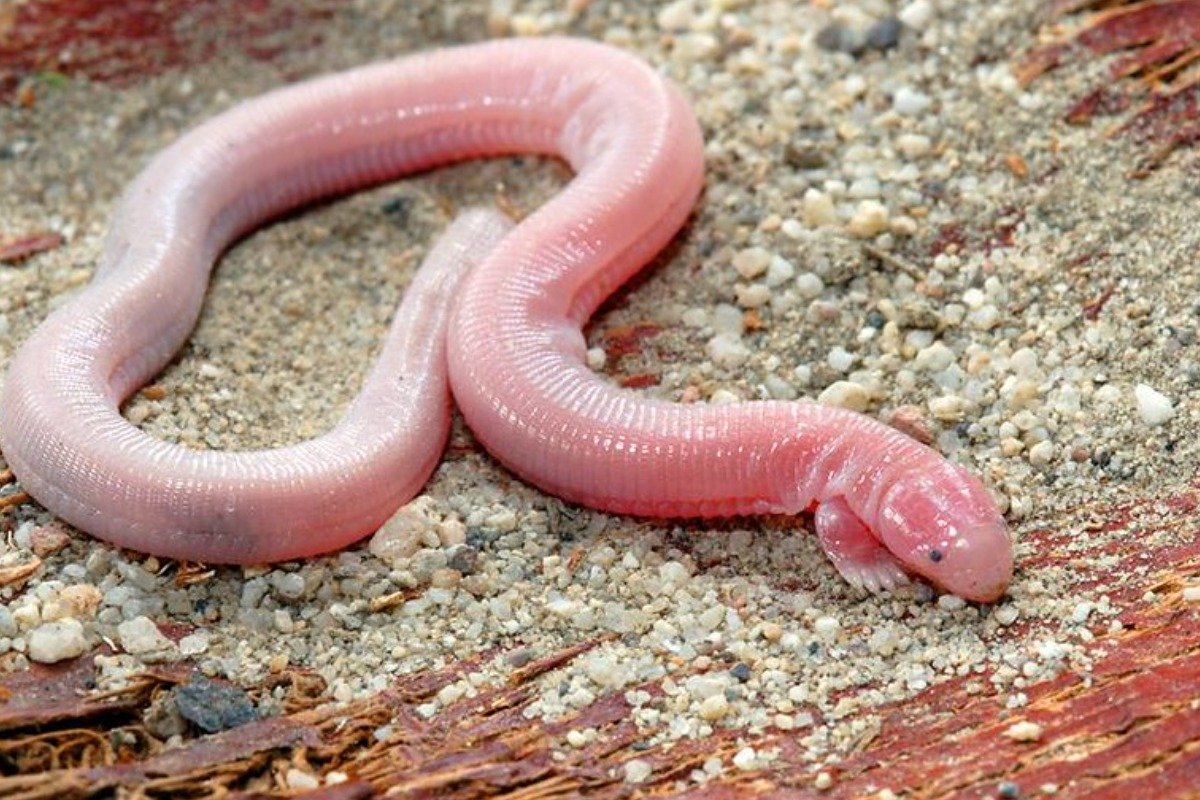
Bipes biporus, or the Mexican Mole Lizard, is not listed as an endangered species at the moment. However, the species is listed at a risk of over-classification and is prominently categorized as vulnerable owing to loss and degradation of its habitat. The species is found in its natural habitat, which is the northern region of Mexico, specifically the Baja California Peninsula, which is fast becoming urbanized and even turning into an agricultural area, which demoralizes and poses a threat to its burrowing and hunting areas. Mexican Mole Lizard is also recognized and protected by Mexican laws, which reflect a sense of national responsibility towards the conservation of this species by prohibiting its capture and trade. It cannot be stressed enough that adequate measures to prevent the destruction of habitat, along with increasing the public knowledge of the species, need to be put in place in order to safeguard this species. Lastly, the involvement of the local communities and environmental agencies in the development of effective reproductory coordinates systems integration to its conservation and proper usage of the land is crucial to the survival of this species.
Protection Under Mexican Law
According to what I know, The Mexican Mole Lizard benefits from legal protection that prohibits its capture and commercialization, a measure aimed at preserving its natural population. This aligns with Mexico’s broader biodiversity protection strategy, which emphasizes safeguarding native species and their habitats from anthropogenic threats. In concise terms, these legal frameworks reflect a keen recognition of the mole lizard’s ecological significance and are designed to mitigate the impacts of habitat encroachment due to urban and agricultural development. As such, my approach focuses on advocating for habitat conservation and public education initiatives as effective means to bolster compliance and foster environmental stewardship, ensuring the species’ longevity in the wild.
Conservation Efforts and IUCN Red List Status
I found the International Union for Conservation of Nature and Natural Resource does not classify the Mexican Mole Lizard as endangered, although this species is recorded to have the least concern status. This level indicates that its population may be at risk of future decline as a result of habitat destruction, even though it is currently stable. Conservation efforts target mainly the conservation of the environment within its natural distribution in the Peninsular Baja California. Such measures include the adoption of proper land use planning and development, as well as encouraging local participation in order to reduce the impact of urbanization and agriculture.
Several factors are crucial in order to implement these conservation action plans appropriately. These include, in some instances, providing buffer zones, which are essential in ensuring the survival of the species, as well as expanding monitoring of the populations’ trends to create dispersal routes to connect fragmented populations. In addition, these plans highlight public outreach programs in order to educate the community regarding the significance of the species. The effects of such initiatives should enhance the legal protection and the support of the people to guarantee the survival of the Mexican mole lizard populations in the long run.
References
How will climate change impact fossorial lizard species? Two examples in the Baja California Peninsula – This article discusses the impact of climate change on fossorial lizard species, including Bipes biporus.
Bipes biporus – A detailed document about the Mexican Mole Lizard, providing insights into its characteristics and habitat.
Do Worm Lizards Occur in Nebraska? – Although focused on a different region, this document includes behavioral descriptions similar to those of Bipes biporus.
Frequently Asked Questions (FAQ)
Q: What is the Mexican Mole Lizard, and why is it known as the five-toed worm lizard?
A: The Mexican Mole Lizard, scientifically known as Bipes biporus, is a unique reptile that belongs to the family Bipedidae. It is commonly referred to as the five-toed worm lizard because it has two forelimbs with five toes, resembling a worm more than a typical lizard.
Q: How many species of Mexican Mole Lizards are there?
A: There are three species of Mexican Mole Lizards, all belonging to the genus Bipes. These species are characterized by their unique limb structures and burrowing lifestyles.
Q: Why are Mexican Mole Lizards often mistaken for snakes?
A: Mexican Mole Lizards are often mistaken for snakes due to their legless, elongated bodies. However, unlike snakes, they possess small forelimbs and are part of the reptile order Squamata, which includes lizards and snakes.
Q: What kind of habitat do Mexican Mole Lizards prefer?
A: Mexican Mole Lizards are terrestrial and prefer sandy or loose soil environments where they can burrow. They spend most of their time underground, coming to the surface mainly at night or after heavy rains.
Q: What do Mexican Mole Lizards eat?
A: Mexican Mole Lizards are opportunistic feeders and primarily consume ground-dwelling insects such as cockroaches and other small invertebrates. Their diet makes them important for controlling pest populations.
Q: Are Mexican Mole Lizards active on TikTok and other social media platforms?
A: While Mexican Mole Lizards themselves are not active on TikTok, they have gained some popularity on social media platforms, including TikTok, where videos featuring these unusual creatures occasionally appear on the For You Page (FYP).
Q: How do Mexican Mole Lizards reproduce?
A: Mexican Mole Lizards lay one to four eggs, and the hatchlings emerge after an incubation period. They are solitary animals, and reproduction is one of the few times they come together with others of their kind.
Q: What role does melanin play in the appearance of Mexican Mole Lizards?
A: Melanin is a pigment that affects the coloration of Mexican Mole Lizards. The presence of melanin gives them a pinkish hue, which can serve as camouflage in their underground habitats.
Q: Who are some notable researchers who have studied Mexican Mole Lizards?
A: Researchers like Papenfuss and Hollingsworth have contributed significantly to the field of herpetology, particularly in the study of Mexican Mole Lizards and their unique adaptations.
